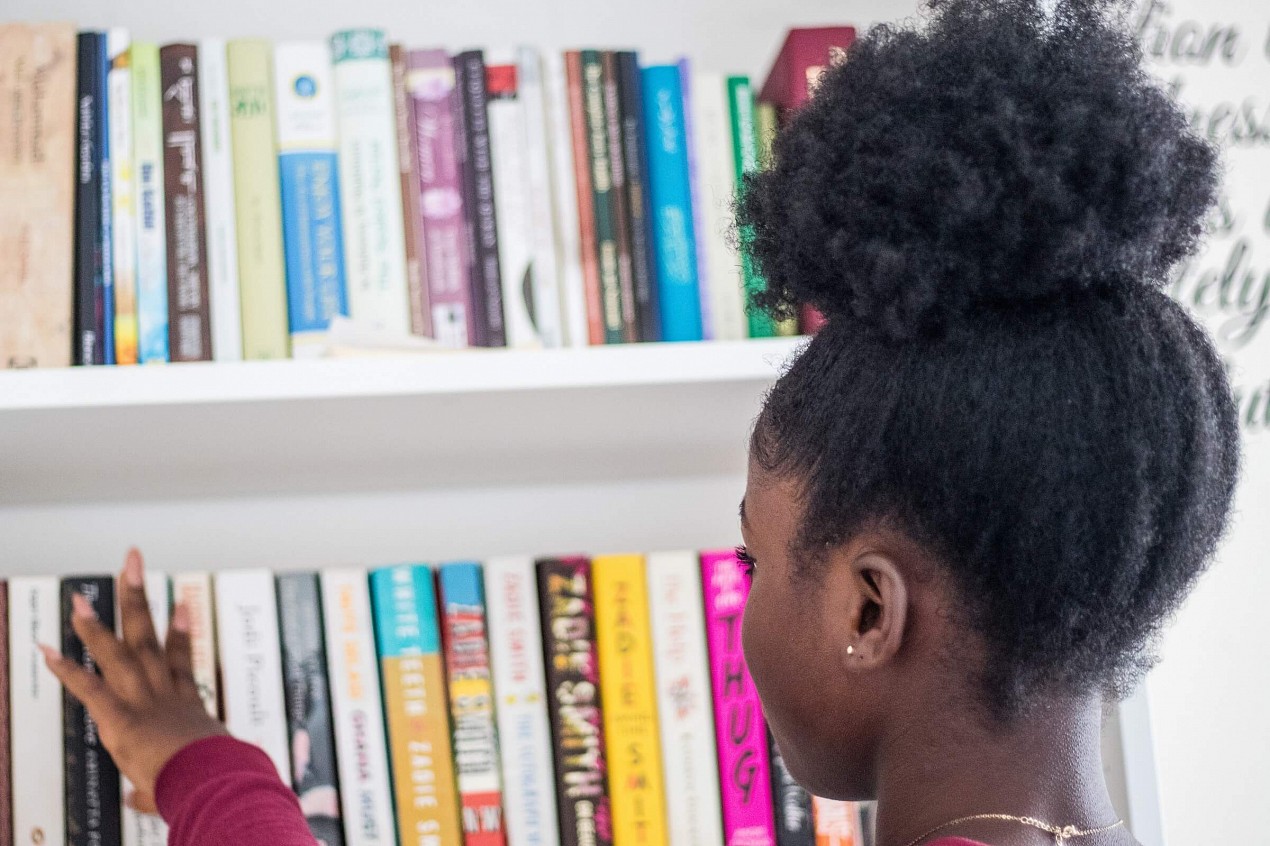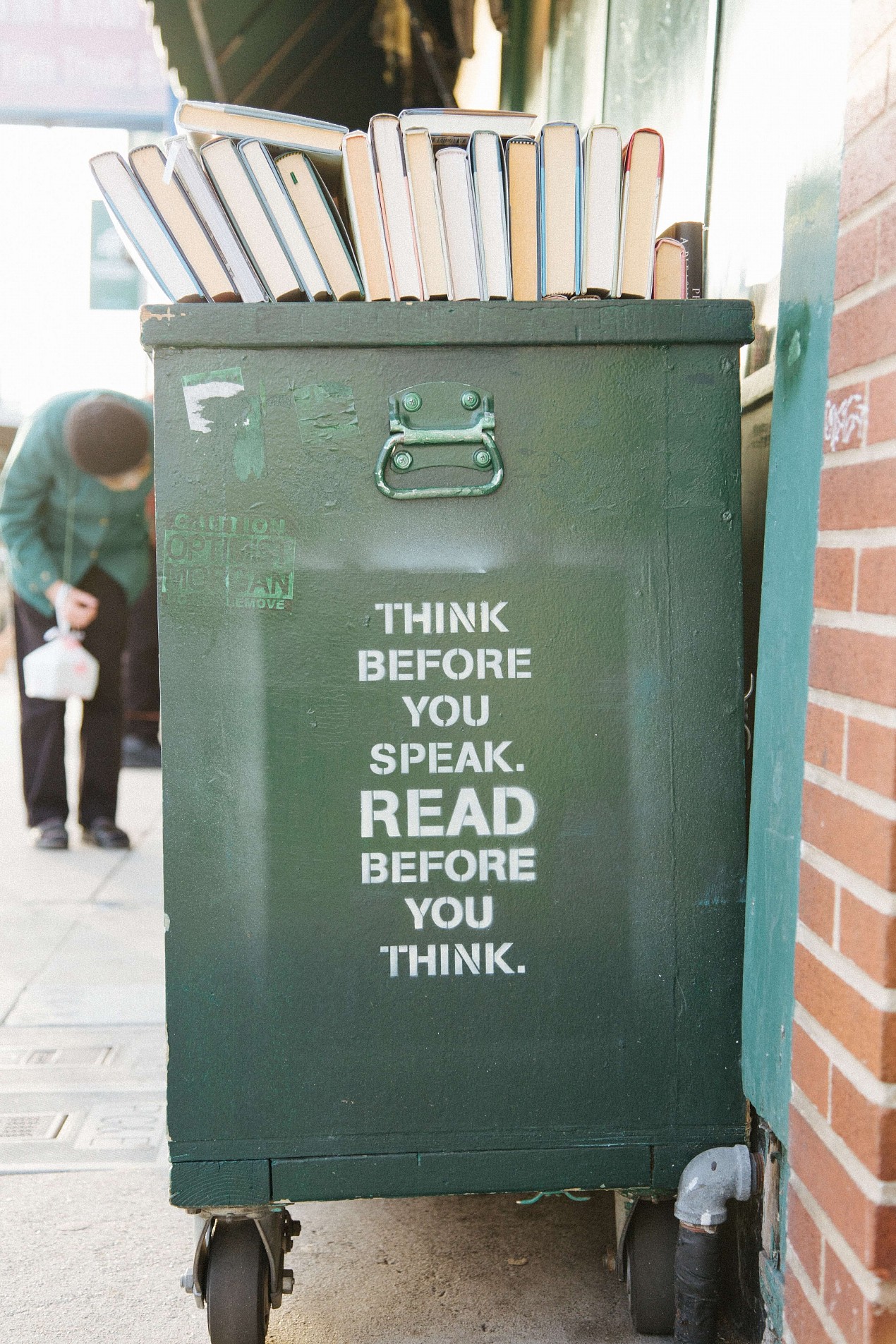It goes without saying that any educator knows the power that stories can have on how young people perceive the world. Whether it’s using Jessica Love’s Julián is a Mermaid to highlight the importance of self-expression, or A Monster Calls by Patrick Ness to highlight the challenges of grief and loss, books are influential tools in the classroom and provide vital prompts for discussing challenging topics.
As such, it is crucial that they are used to their full potential to make sure children and young people feel seen and heard on issues that are pertinent to them and their peers, as well as empowered to self-safeguard as they progress through school and beyond. Below are some pointers on how to go about making stories stick in your setting.
See how voters responded to the news of an increase in youth reading and increased discussions around the banning and changing of books. See what they had to say after they explored some examples, including the Roald Dahl changes, and analysed reasons why a text might be restricted.

A common initial concern in schools is how to teach difficult topics in an age-appropriate, neutral, and clear way. As educators are often given little to no training on the topic they are teaching, alongside all of the responsibility for ensuring it is taught correctly and sensitively, this often makes for a stressful experience. So, using a story, particularly one written by an author with particular expertise, can alleviate some of this pressure and help students to understand a tricky topic quickly and effectively.
For example, young people can experience or be exposed to loss at any stage, but the way it should be discussed with them will differ depending on their age. Books such as Ida, Always by Caron Levis can be used to support students aged 3-7, whereas The Sad Book by Michael Rosen discusses grief in a way more suited to those aged 10+. Further up the year groups, A Monster Calls by Patrick Ness, offers an unflinching look at loss and grief for young people aged 12+. Using these well-regarded stories ensures that the conversation will be suitable for the age group while still adding sufficient depth to the conversation.
Books for adults are regularly lauded for being “relatable” and “true to life”, so we can assume the same should be true for children and young people too; if they can see elements of their own lives and experiences in the characters or plot (or, ideally, both), then they will be much more likely to engage with and invest in the story at hand.
There is a reason that Roald Dahl’s books in particular have an enduring appeal to readers of all ages: they involve flawed protagonists, monstrous authority figures, and unassuming heroes – archetypes of people that we have all encountered at some point in our lives. More contemporary examples of these motley fictional crews can be found in the work of David Walliams, Greg James, and Liz Pichon (best known for her Tom Gates series).
One difficulty in discussing sensitive topics in the classroom is the unpredictability of its reception. Every student will bring a different experience and/or understanding to the subject matter, which makes open discussion a high-risk activity and could lead to students feeling scrutinised or, at worst, unsafe. Storytelling is a great way to take the personal out of potentially triggering discussions, as it enables students to engage in critical, thoughtful conversations about a topic without having to use their own experiences as examples.
This technique can also be used to help students understand big or confusing emotions, particularly when they are considering how to improve their response to these feelings. Reading a story where a character experiences a similar situation provides relatability and the opportunity to dissect the character’s response rather than their own. For instance, Jon Klassen’s I Want My Hat Back perfectly illustrates feelings of jealousy and anger with very few words (and a lot of side-eye). Despite being a picture book, this really does have something for everyone, educators included.
Another way to ensure that students are able to keep their personal experiences separate from the story being discussed is to choose texts that root a difficult concept or situation in allegory. As referenced already, Patrick Ness’ A Monster Calls does this perfectly. In thinking she is doing right by Conor by not telling him she is going to die, his mother ends up preventing him from confronting emotions and the fact that he needs to harness these in order to heal. The conflicting emotions Conor feels – and refuses to acknowledge – are perfectly summed up by the tree that visits him each night, using stories of its own to show Conor the path he needs to take in order to grow and evolve as a young adult, despite his momentous loss.
There are, of course, many other books that also use allegory to great effect: for younger students, Travels with My Granny by Juliet Rix brings colour and a sense of adventure to a child’s experience of their grandparent’s dementia. In seeing Granny on exciting and exotic adventures all around the world, children are able to understand the idea of two different realities existing at once and to find solace in knowing that Granny is enjoying herself, wherever it is she’s “travelled” to on any given day.

A shared story that has been read and discussed as a class offers a great reference point for spontaneous or unexpected classroom conflicts or difficulties. If young people can draw comparisons between stories and their experiences, it can help them to view a conflict more empathetically and from multiple points of view. Equally, it can help them to understand how and why they are feeling a certain way.
For example, the NSPCC-recommended book Perfectly Norman by Tom Percival can help young people who feel ostracised for who they are, as well as those who have spoken or acted unkindly towards someone different to them. As a result, a shared story can bring about collective understanding and acceptance through empathy.
Sharing and responding critically through discussion is an essential part of any classroom environment, but it is also a skill that needs to be taught and practised. Storytelling is an excellent way to introduce a new topic for discussion, as it provides context to often abstract ideas.
Equally, storytelling encourages debate without conflict; it is much easier to understand that disagreement within a debate is not personal when the people and situations under the spotlight are fictional and exist outside the classroom. Crucially, this could encourage more reluctant contributors to participate in sharing ideas and responding to others, thus honing their critical thinking skills.
Part and parcel of critical thinking is being able to recognise and challenge different views or attitudes, while also remaining respectful of alternative opinions. Ideally, stories used in the classroom will not promote any particular political viewpoint – instead, they will encourage students to take a broader view of the world around them and form their own ideas and beliefs based on wide-ranging insights (fictional or otherwise).
In some cases, stories capture our imaginations precisely because of the ways in which they talk about a pressing social or political issue: Holden Caulfield of Catcher in the Rye was arguably the original cynical teen protagonist, and many have followed in his fictional footsteps since. Take Angie Thomas’ The Hate U Give, for example: while it is Starr Carter’s overt critique of the United States’ police force and the violence that predominantly impacts Black communities in America, it raises interesting questions for young people in the UK to discuss and reflect on too. More subtle in its messaging is Nicola Davies’ King of the Sky, which offers a lyrical look at what it means to be a stranger in a strange land and the small actions that can help make someone feel more at home – whether or not this story is the same for all newcomers is up for debate.
However you choose to use stories to promote open and inquisitive conversations in your setting, the most important feature for a book to have is the ability to engage. With even just a few of the qualities listed above, it is likely that a story will capture the imagination of your class and allow them the time and space to reflect on who they are, how they treat others, and where they look to find themselves (be it in the pages of a book or elsewhere).

This article was written by Melanie & Georgie at VotesforSchools.
Melanie has previously taught as a primary school teacher, where she worked as the writing lead and leader of her year group. She has a master’s degree in English Literature and is passionate about amplifying student voices and ensuring they are heard.
With experience teaching in the UK and overseas, Georgie's academic background is in English, American & Children's Literature, with a particular expertise in children's books and a passion for young people's literacy. In addition to overseeing VotesforSchools' weekly content, hard-hitting resources and commissions work, Georgie has developed curriculum mapping for England, Wales & Scotland; written guidance for schools on political impartiality, and is constantly working with her Team to ensure what VotesforSchools offers is innovative, engaging and relevant.